Sailing Across The Pacific As Covid Shuts The World Down
- Jenevora Swann
- Mar 22
- 8 min read

It was a major decision to sail Two Drifters, our Lagoon 440 catamaran, across the Pacific Ocean double-handed. As it turned out, this was a very wise choice, as when we set sail five years ago on 14 March 2020, we had no idea just how much our lives and the world around us was about to change.
By the time we made landfall, after 28 days at sea, it felt like we had walked onto the film set of an apocalyptic, end-of-the-world movie.
While I’ve had articles published about our Pacific Ocean crossing, I’ve not written this one up in full before. So here’s our extraordinary story of sailing across an ocean just when Covid first got its claws into the world.
Five Years Ago
The expected month-long passage, from Panama to the Marquesas Islands in French Polynesia, would be the longest sail we’d ever done by a long shot, but instead of organising crew to help us, we chose to do it double-handed.
While Fergus is a RYA-qualified Yachtmaster Ocean and nothing much fazes him when sailing. I’m not as confident, but I have a good sailing instinct, so between us we thought we could handle the 4,157-nautical mile journey by ourselves.
On Saturday 14 March 2020, along with our buddy boat s/v Tourterelle, we thought we were just another couple of boats leaving Panama for the renowned ‘milk run’ to French Polynesia. But, just 48 hours later, it was a different story. Covid had taken hold of Central America.
Panama’s knee-jerk reaction was to shut its borders, not just to arriving boats, but also, temporarily, to those wishing to depart. We were so lucky to have checked-out when we did and had the clearance to leave.
As I watched the islands of Panama disappear behind us, a modicum of panic set in. An anticipated month at sea, seemed to be a very long time with just the two of us sharing shifts and the highs and lows of bluewater cruising. But the challenge of the sail and the lure of exploring the South Pacific island was so enticing; I took a deep breath, put my concerns to one side and looked forward to the adventure that lay ahead.
A Normal Week At Sea
For the first week, everything was just as it should be. We ran a shift system overnight, which started around sunset. I was on watch for the first five hours of the evening, usually until midnight; and then Fergus took over until 5am.
My favourite part of the day was sitting on the bridge together watching first light appear. With a cup of tea in hand, we would chat through the emails and news that had come in on our satellite email overnight. Fergus would then turn in to get some sleep, while I enjoyed the magic of the sun rising out of the ocean.

With the fishing lines out, it wasn’t long before we caught a fish; and it just so happened to be a 7ft striped marlin – the biggest fish we have ever landed on Two Drifters. We cut it into fillets and put as much as possible into an already-full freezer. This took care of all of our meals for the next week! We even managed to pass some of the fillets across to Ian and Ann on Tourterelle who were still sailing close by to us.
There was an air of excitement as we crossed the equator, which is not only the intersection between the north and southern hemisphere, but also the home of Neptune. Tradition has it, boats crossing equator, should dress up and offer Neptune a tot of the finest beverage on board as a thank you for the care he has shown while sharing his seas.
We totally got into the spirit of this and a large rum was donated overboard – and a sip or two for us as we didn’t think Neptune should drink alone! Although I hasten to add that we’re technically a dry boat while sailing offshore, but this was one tradition we had to run with!
Fraught Times
Our families were keeping us updated via satellite email of the issues that had arisen due to Covid. Then, in just one week since leaving Panama, we realised the world around us had gone totally bat shit crazy.
Our journey quickly became fraught with issues and complications as we heard that French Polynesia, the destination we were heading for, had closed its borders to non-residents.
We were shocked and stunned. Just before leaving Panama, we double-checked French Polynesia would still let us in. To sail so far and be refused entry into a country was unthinkable, let alone heart-breaking.
Nowhere To Make Landfall
With just a satellite phone on board that received text-only emails, we were reliant on friends and family to update us on the situation, which seemed to fluctuate daily. They were hampered by unhelpful rumours and people scaremongering on Facebook cruiser groups, as they sought to find us an alternative island in the South Pacific that would allow us to make landfall.
With Panama closed, turning back was not an option. The situation was escalating and the nearby islands of Galapagos and mainland Ecuador were also off-limits to non-residents.
We carried on sailing towards French Polynesia while waiting for daily updates. Not wanting to think about how much extra time it could mean spending at sea or how many more thousands of miles we might have to sail to find a safe haven.
At this stage, my background in dealing with crisis management situation set in. We had no other alternative than to ration our food. We always carry a three-month supply of rice, pasta, tins of fruit and vegetables; but we had no idea when and where we would next be able to re-provision or indeed whether the supply ships would be delivering produce in the same way to the islands, during these unprecedented times.
We looked for alternative destinations, Fiji and American Samoa still had open borders but for how long was anybody’s guess. We then heard that Cyclone Harold, a category 5 storm, had created a path of destruction in Fiji taking it firmly off our list. American Samoa remained a possibility, but it came with its own medical issues of a severe measles outbreak.
From the emails received, we were made aware of the dreadful grasp that Covid had over the world, as countries went into strict lockdown. With no access to TV, radio or the internet, we struggled to picture the change in lifestyle as we heard that restaurants, bars, shops and gyms had closed overnight, in a bid to stop the virus spreading.
Sailing in our own little bubble of self-isolation, far away from any issues of social-distancing and enforced quarantine, it seemed very surreal and we just couldn’t comprehend how much the world around us had changed in a matter of weeks. All that was vaguely noticeable was the lack of marine traffic around us.
A Test of Endurance
Back to the sailing… you see, while the stress of all of this was going on around us, we were still ticking off the miles. We had sailed much further than we had hoped possible through the infamous doldrums and had now reached the trade winds, which announced their presence with a sudden wind shift to the southeast and a steady 15 – 20kt of true wind speed.
While we were into a rhythm of each managing on two small sleeps in 24 hours, (about six hours in total), inevitably, tiredness was going to catch up at some point. For us, it was halfway through the trip, which was when a weather system, far south of our position, caused a large swell and confused seas, making our first 48 hours in the trades uncomfortable.
It became incredibly noisy both inside and outside the boat. As the waves crashed into each of the hulls; in our cabin, it felt like a bulldozer had struck, and the whole bed shook. It was like being in a washing machine on a spin cycle; even with earplugs in, trying to sleep off-watch with the noise and the motion wasn’t easy.
We didn’t realise quite how much stamina was needed for this journey when doing it double-handed. Just a couple of days with less sleep, completely lowered our energy levels and we had to really push ourselves hard to keep up the pace. It was like running a marathon; a total test of endurance and the most challenging time of the trip both physically and mentally.
Technical Stop
As we neared French Polynesia, the authorities relented and offered two options to boats coming in from the Pacific crossing. The choice was a few days for a technical stop at one of two listed ports of entry to re-provision, re-fuel and effect repairs, after which, boats would be asked to leave the area. The alternative, which the government preferred, was to sail to Tahiti, where boats would be placed in a marina or on a secure mooring, and the captains and crew required to take immediate repatriation flights home.
Two Drifters was our home, so repatriation to the UK wasn’t an option. Also, having spent a month in self-isolation on a boat, we didn’t really want to get on a long-haul flight and fly across a world where Covid was rife.
We completed the government forms by email, requesting the technical stop at Nuku Hiva in the Marquesas Islands. We also appealed to remain temporarily in French Polynesia, detailing that our onward plans were to sail to New Zealand later in the year for cyclone season, which we could do as soon the borders in the South Pacific opened.
We were eventually granted six days’ rest in Nuku Hiva, after which, we had to sail to Pape’ete in Tahiti and await further instructions. The rationing on the food was lifted and that evening, we both enjoyed more than one chocolate bar on our night shift!
Making Landfall
We arrived in Nuku Hiva on Good Friday to a welcome sight of 90 boats in the anchorage at Taiohae Bay. As the anchor went down, I took in the stunning views of mountainous emerald forests and colourful houses scattered along the shore. It was beautiful and everything I could have wished for from our first landfall in the South Pacific. I couldn’t help thinking, if only we had arrived at a different time.
While everything appeared to look very normal, it was the quietness that was eerie. Usually in an anchorage of this size there’s a mass of dinghies zipping around, people swimming or paddleboarding in the water, voices and laughter carrying in the wind. But not now. The anchorage was oddly silent.
Making landfall in the Marquesas Islands was supposed to be a joyous occasion, but our adventure-of-a-lifetime has turned into a lockdown nightmare. Leaving us feeling flat, disappointed and worried for our future sailing plans.
The draconian measures enforced, meant we were confined to our boats and only one of us was allowed briefly ashore to replenish our groceries. There was no exercising or watersports; we couldn’t even swim around our boat or dive in the water to check the anchor. Again, I was grateful for being on a catamaran as, at least I could walk around the boat in the anchorage. Although, after 50 laps of about 40 metres, I had to give up as I was so dizzy!
After the allotted six days in Nuku Hiva, despite a poor weather-window, the authorities forced us to sail 780-nautical miles on to Tahiti – to have refused would have meant a fine for overstaying.
The onward trip was soul destroying, especially as we passed some beautiful looking islands that we were forbidden to stop at, but we also battled our way through some fearful storms, causing damage to our boat and its sails.
Sailing Nomads
We arrived in Tahiti emotionally and physically drained. It had been an immensely stressful journey. We were directed to an anchorage by the airport, which was beautiful and, as there were no planes flying in or out of Tahiti, it was blissfully quiet.
Thankfully, in Tahiti, we were able to swim from the boat and to take one trip a week onto land to get provisions. I finally got to walk on dry land for the first time in six weeks but nothing prepared us for such a dramatic change in lifestyle. Since leaving Panama and arriving in French Polynesia, it felt like we had walked onto the film set of an apocalyptic, end-of-the-world movie.
Looking back, we were the lucky ones. We had fulfilled a dream to sail across the Pacific Ocean, double-handed. Once lockdown was lifted, the authorities kindly granted us a long stay visa. While the borders were still shut to tourists, we were able to continue with our sailing adventure.
But that’s another story…

© Two Drifters Travel
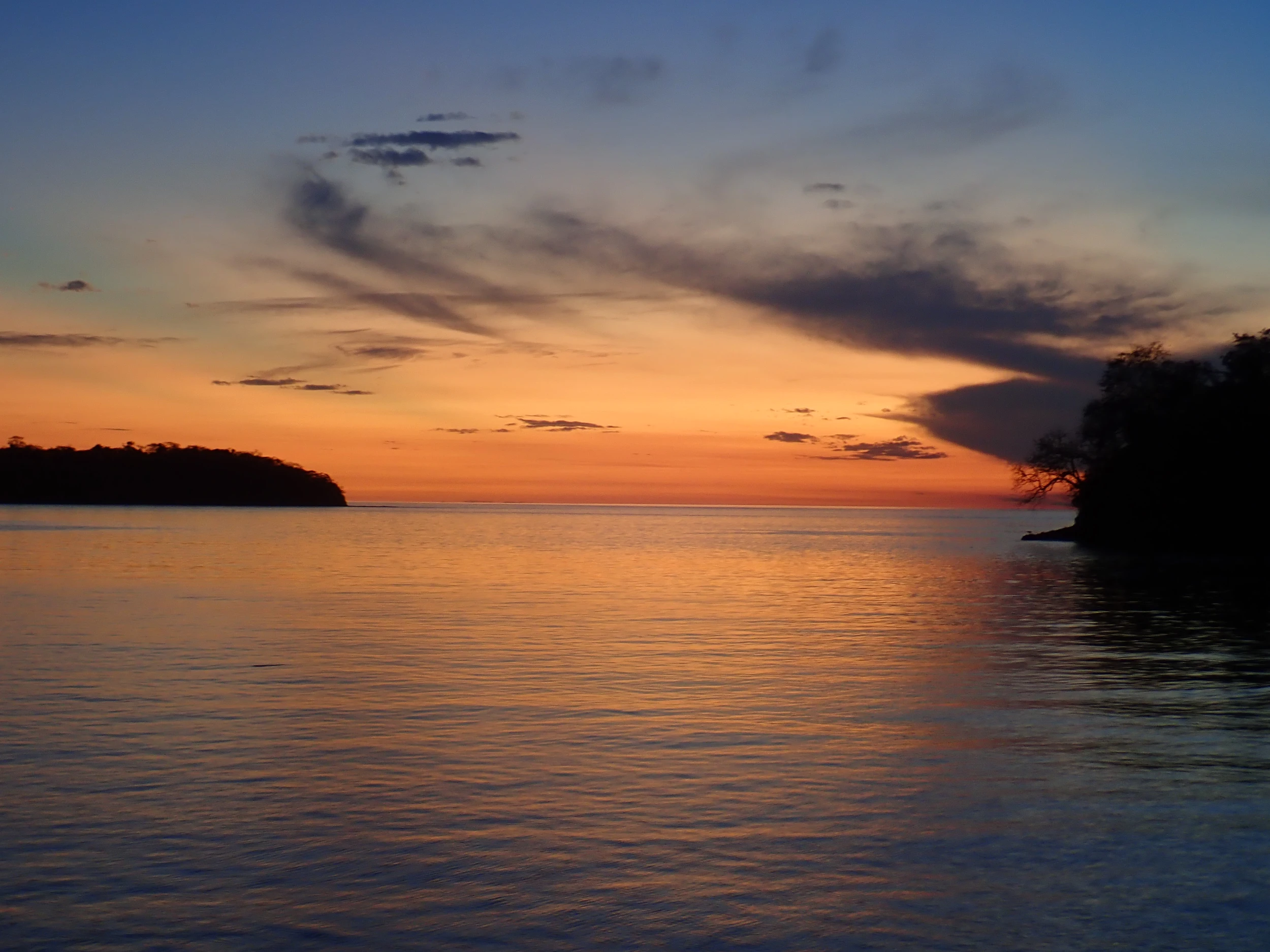
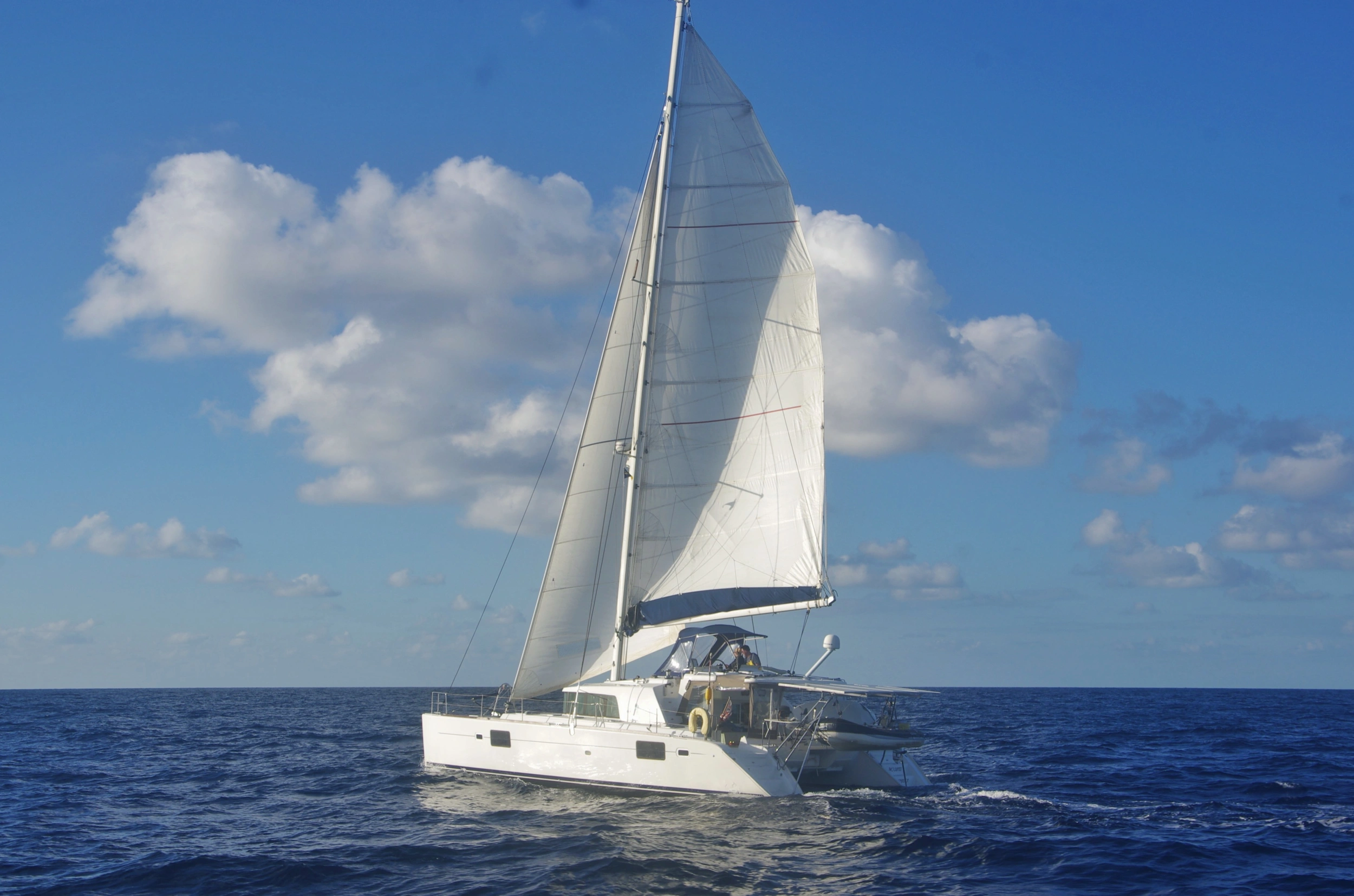
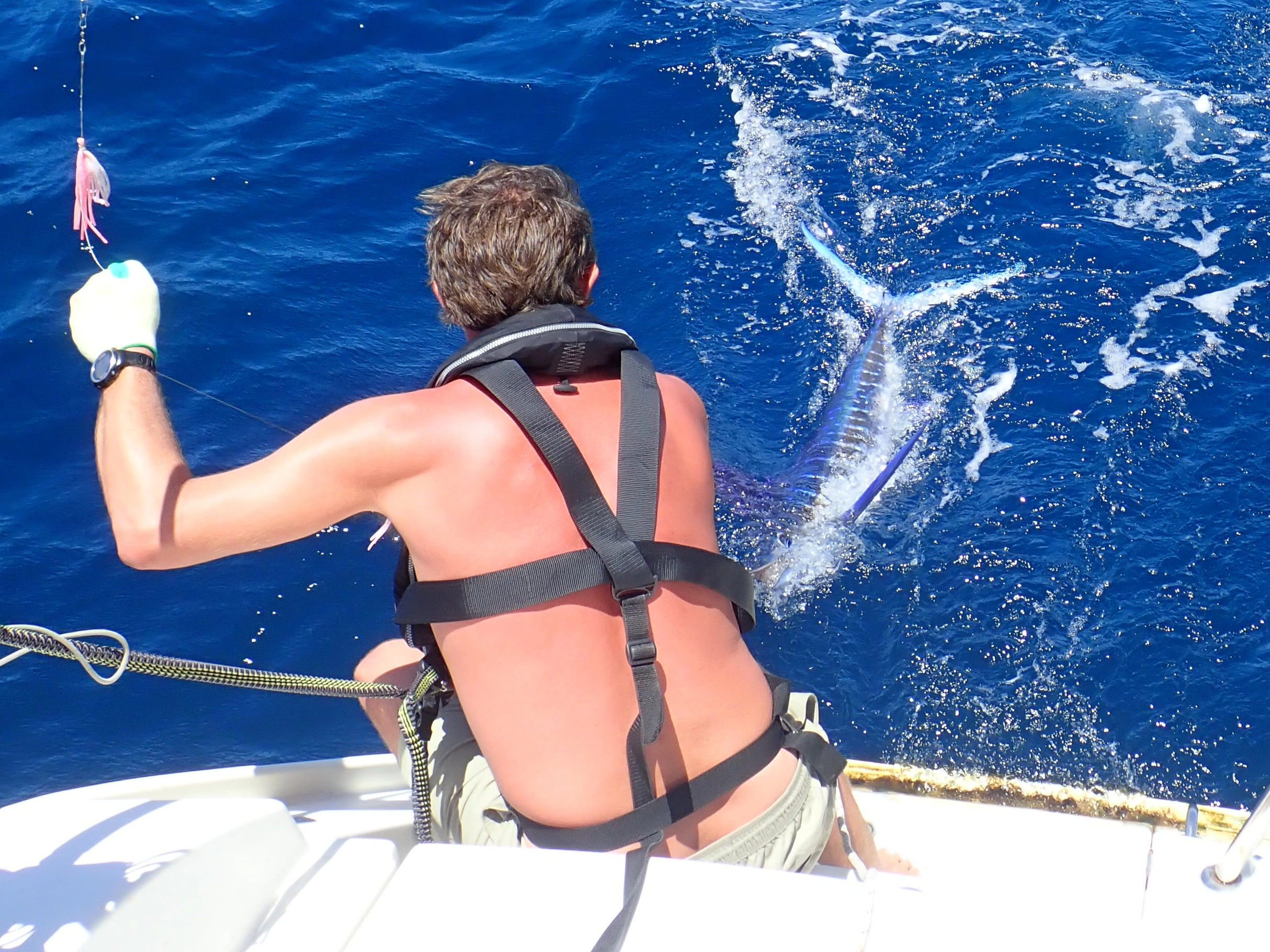
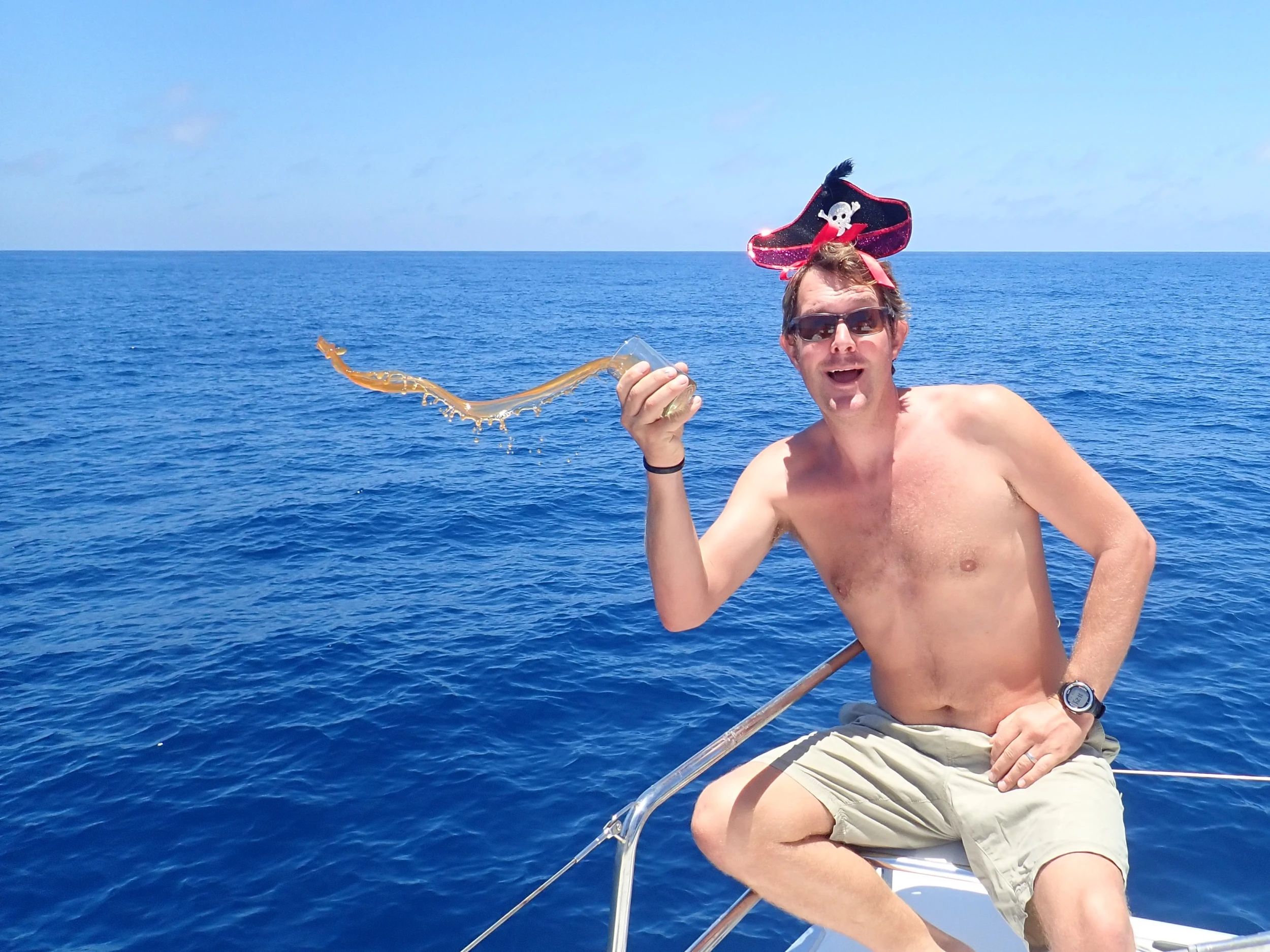
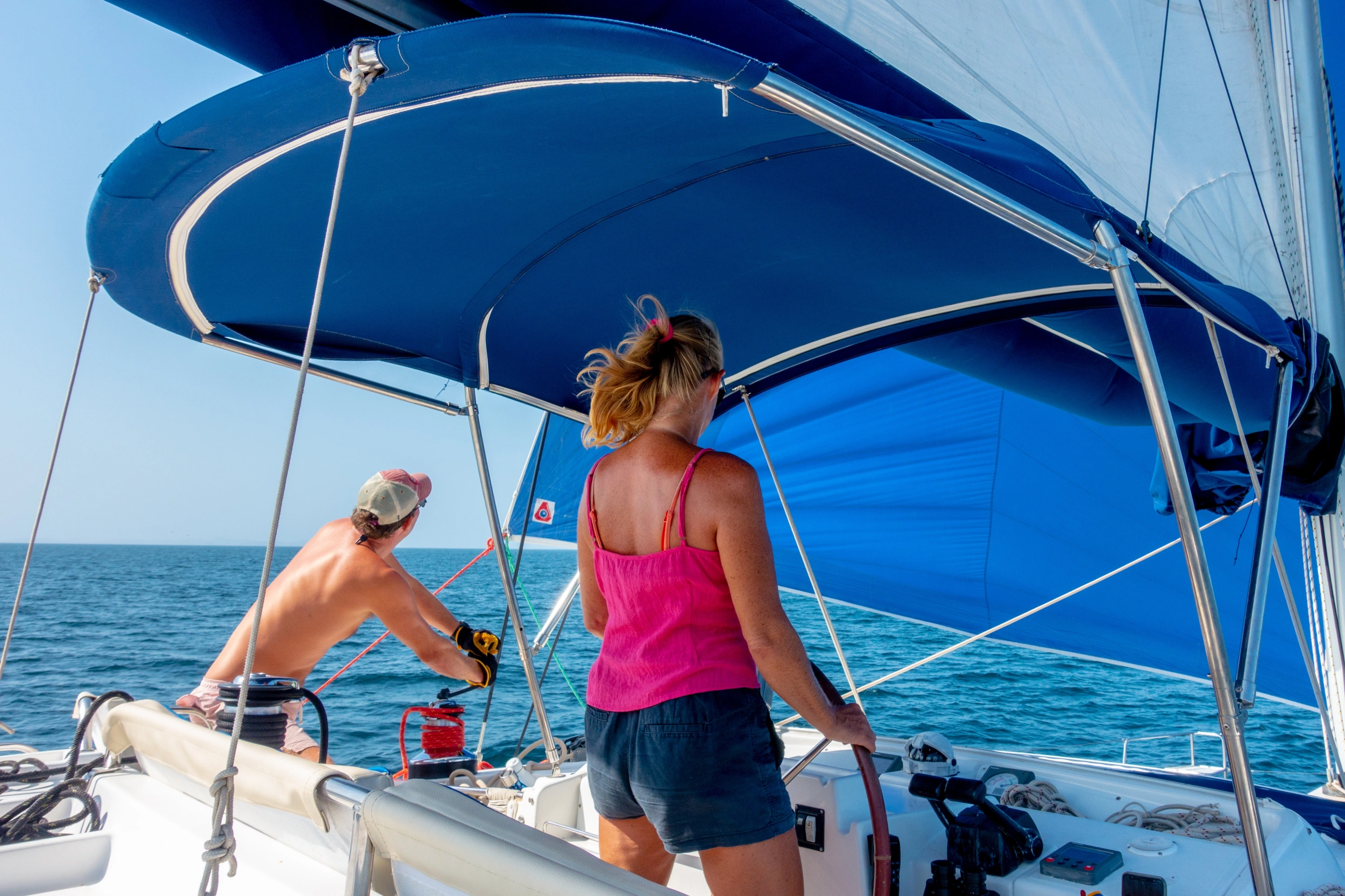
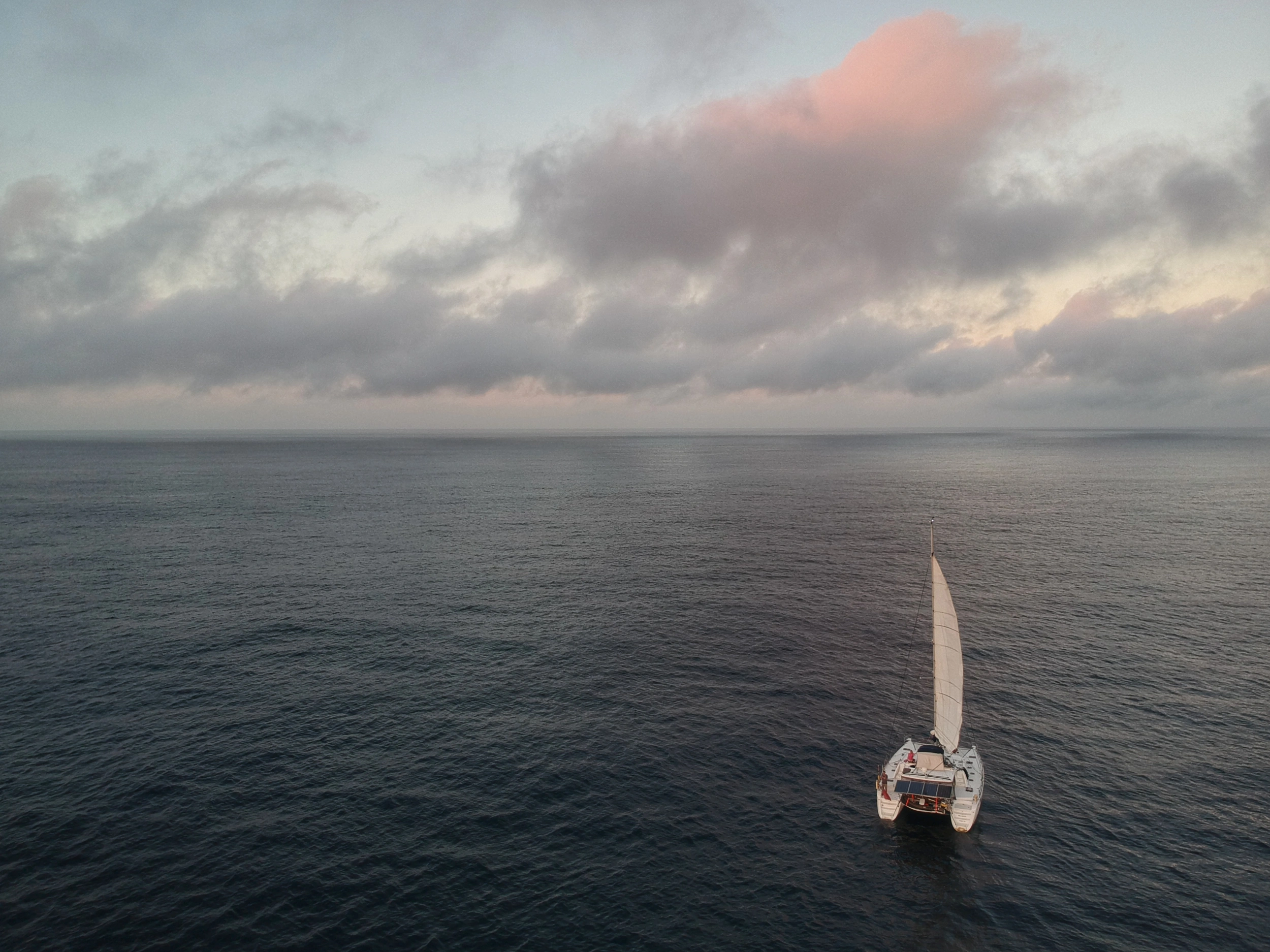
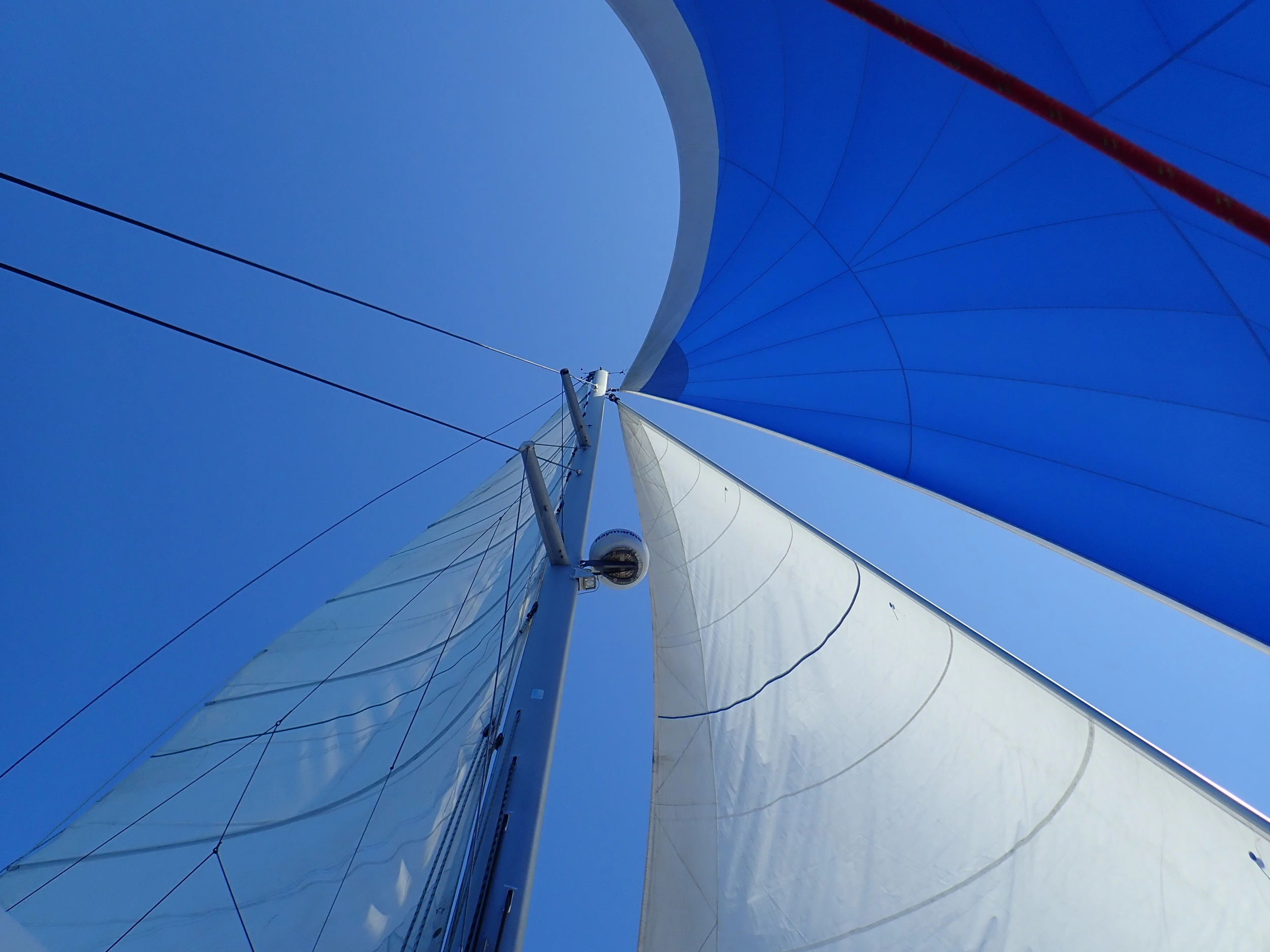

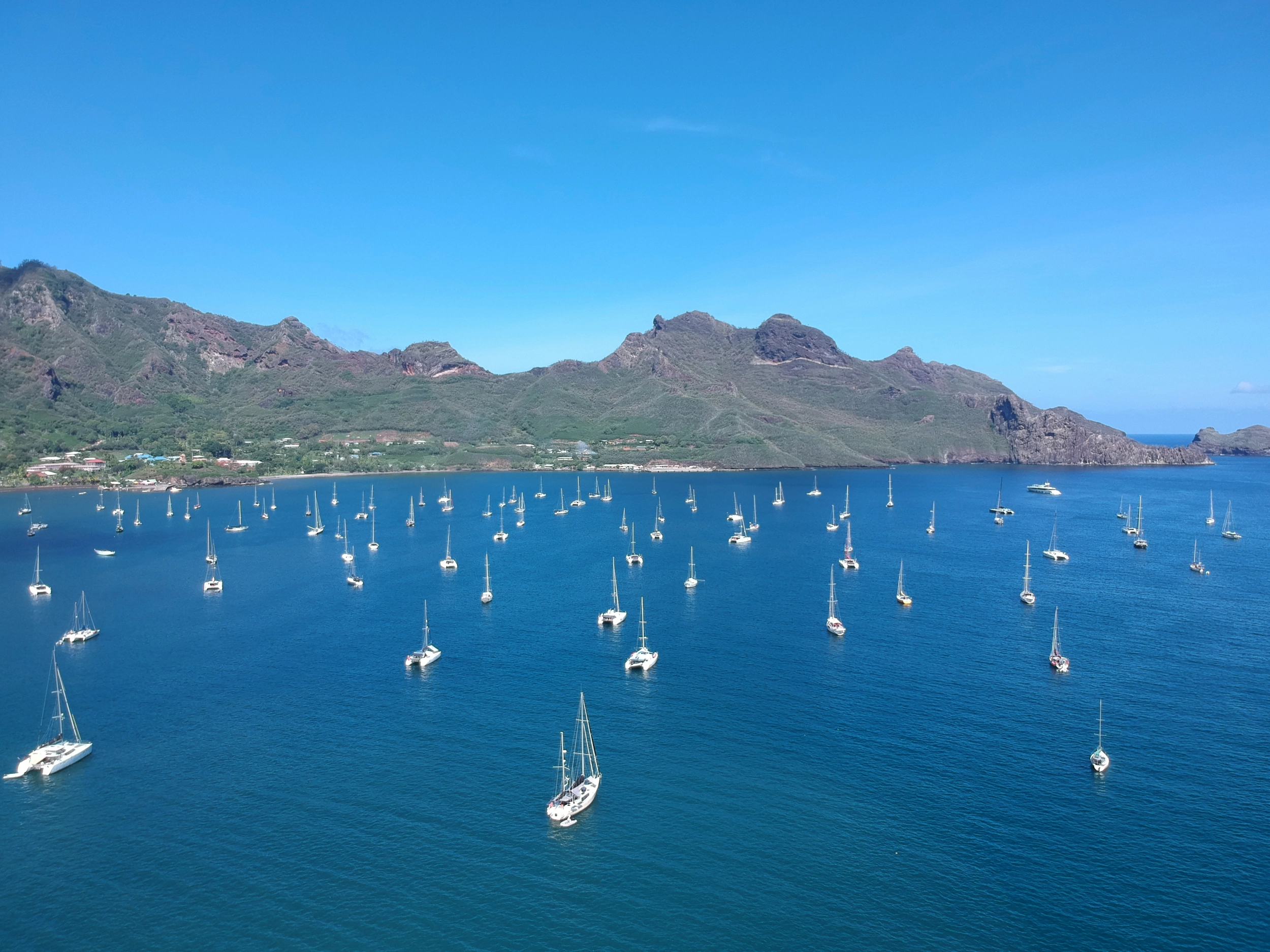
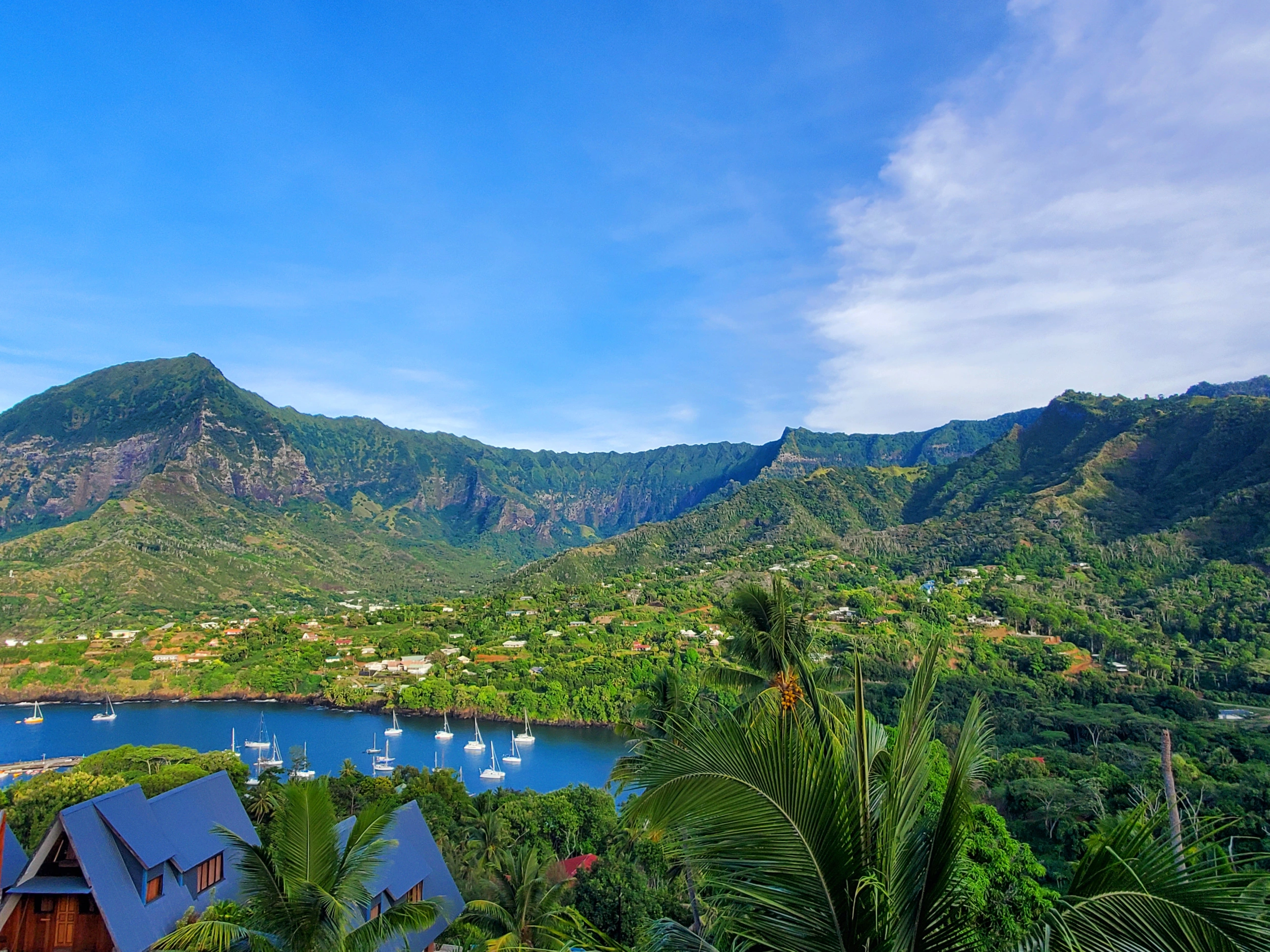
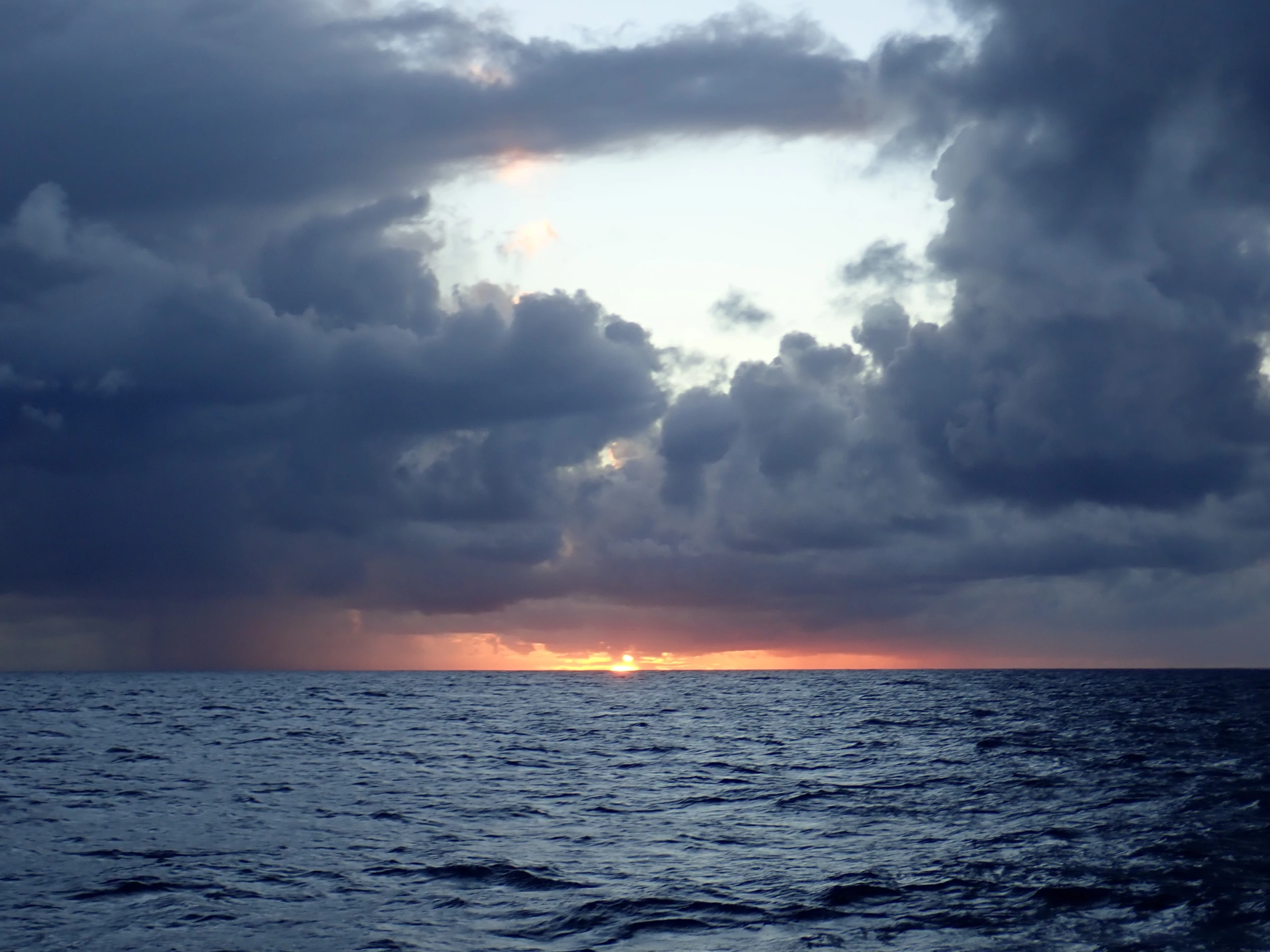
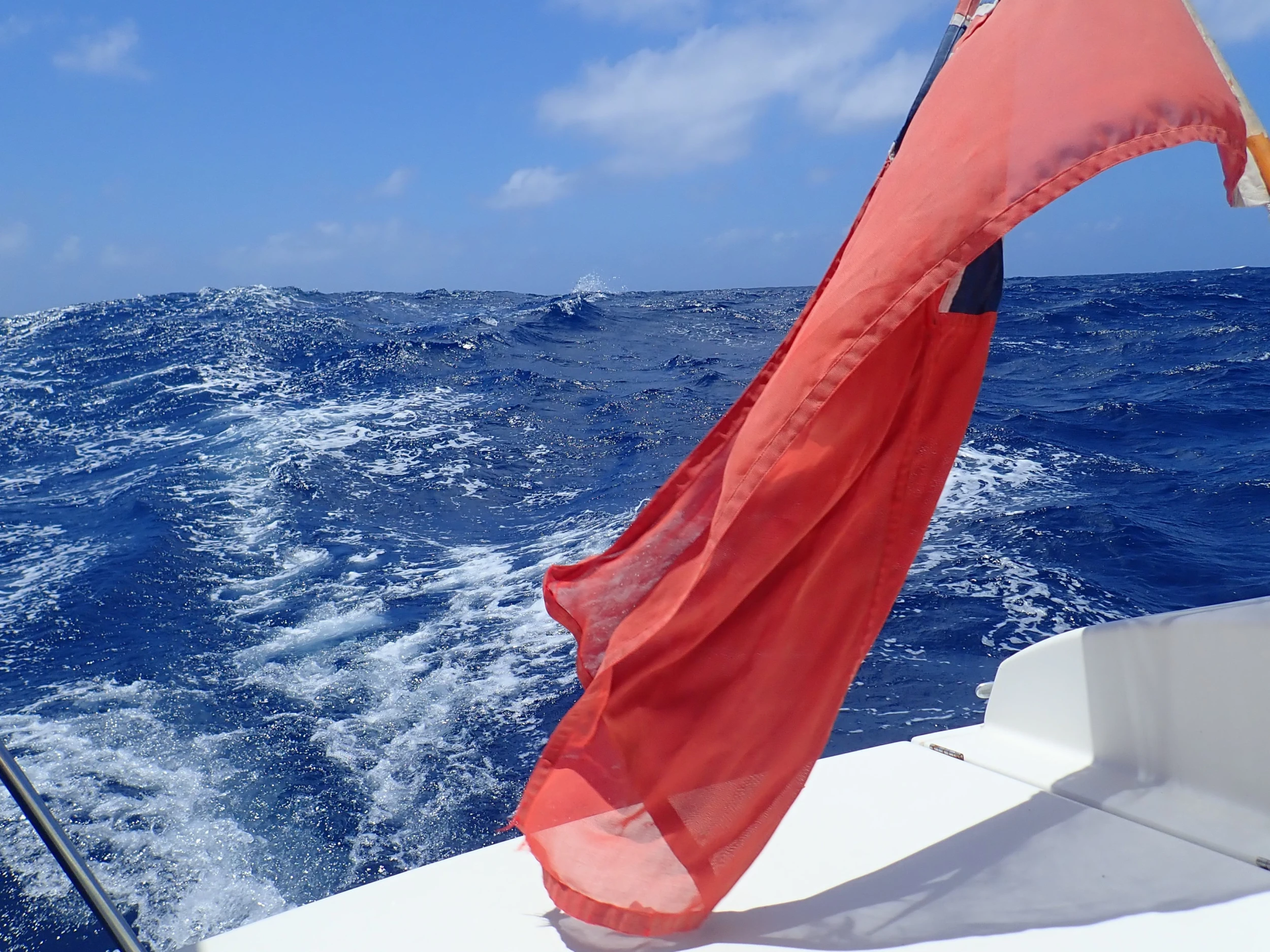
Commentaires